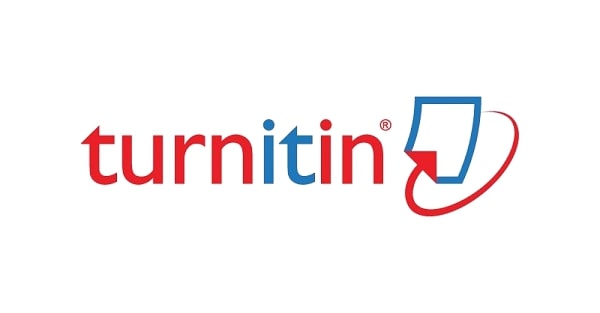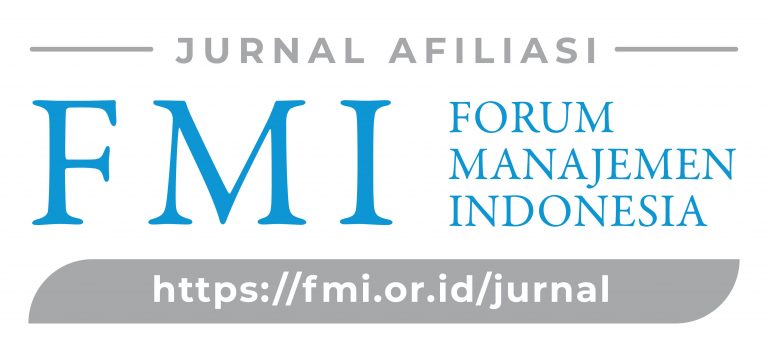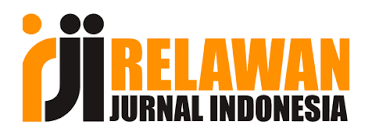BITCOIN SEBAGAI INSTRUMEN INVESTASI YANG MENGUNTUNGKAN
DOI:
https://doi.org/10.55732/unu.gnk.2022.04.1.5Keywords:
Bitcoin, Investment Instrument, Profitable.Abstract
This study was conducted to find out: (1) whether bitcoin is a profitable investment instrument; (2) how to make bitcoin a profitable investment instrument. This article was compiled using the “Library Research” approach where the data obtained will be analyzed in depth descriptively. The results of the study show that: (1) Bitcoin is a profitable investment instrument due to the limited supply of Bitcoin, which makes this instrument behave like Gold; (2) In order to become a profitable investment instrument, individuals can carry out mining activities to get Bitcoin prizes from miner applications and individuals can also carry out spot trading activities by taking advantage of the Bitcoin price difference when buying and selling so as to earn a profit.
References
Akyildirim, E., Corbet, S., Lucey, B., Sensoy, A., & Yarovaya, L. (2020). The relationship between implied volatility and cryptocurrency returns. Finance Research Letter, 33.
Ankalkoti, P., & Santhosh, S.G. (2017). A Relative Study on Bitcoin Mining. Imperial Journal of Interdisciplinary Research, 3(5), 1757-1761.
Anonim. Bitcoin to USD Chart. Diakses pada April 3, 2017, dari https://coinmarketcap.com/currencies/bitcoin/
Anonim. Calon Pedagang Fisik Aset Kripto. Diakses pada April 3, 2022, dari https://bappebti.go.id/calon_pedagang_aset_kripto
Anonim. Today’s Cryptocurrency Prices by Market Cap. Diakses pada April 3, 2022, dari https://coinmarketcap.com/
Clinten, B. Harga Bitcoin Pecahkan Rekor Tertinggi, Tembus Rp 930 juta Per Keping. Diakses pada April 3, 2022, dari https://tekno.kompas.com/read/2021/10/21/07020027/harga-bitcoin-pecahkan-rekor-tertinggi-tembus-rp-930-juta-per-keping
Huwaida, R.W.N., & Hidajat, T. (2020). Bitcoin: A New Asset Class?. Media Ekonomi dan Manajemen, 35(2),178-187.
Kufeoglu, S., & Ozkuran, M. (2019). Bitcoin mining: A global review of energy and power demand. Energy Research & Social Science, 58.
Lucey, B.M., Vigne, S.A., Yarovaya, L., & Wang, Y. (2022). The cryptocurrency uncertainty index. Finance Research Letters, 45, 1-14.
Mokni, K., Bouteska, A., & Nakhli, M.S. (2022). Investor sentiment and Bitcoin relationship: A quantile-based analysis. The North American Journal of Economics and Finance, 60.
Nazir, M. (2003). Metode Penelitian. Jakarta: Ghalia Indonesia.
Sukamulja, S., & Sikora, C.O. (2018). The New Era Of Financial Innovation: The Determinants Of Bitcoin’s Price. Journal of Indonesian Economy and Business, 33(1), 46-64.
Wang, J.N., Lee, Y.H., Liu, H.C., & Lee, M.C. (2022). The Determinants of positive feedback trading behaviors in Bitcoin markets. Finance Research Letters, 45.
Zed, M. (2008). Metode Penelitian Kepustakaan. Jakarta: Yayasan Obor.
Downloads
Published
How to Cite
Issue
Section
License
Copyright (c) 2022 Achmad Wicaksono, Cynthia Eka Violita, Edita Rachma Kamila

This work is licensed under a Creative Commons Attribution 4.0 International License.
Authors who publish with this journal agree to the following terms:
Authors retain copyright and grant the journal right of first publication with the work simultaneously licensed under a Creative Commons Attribution License that allows others to share the work with an acknowledgement of the work's authorship and initial publication in this journal.
Authors are able to enter into separate, additional contractual arrangements for the non-exclusive distribution of the journal's published version of the work (e.g., post it to an institutional repository or publish it in a book), with an acknowledgement of its initial publication in this journal.
Authors are permitted and encouraged to post their work online (e.g., in institutional repositories or on their website) prior to and during the submission process, as it can lead to productive exchanges, as well as earlier and greater citation of published work (See the Effect of Open Access).















